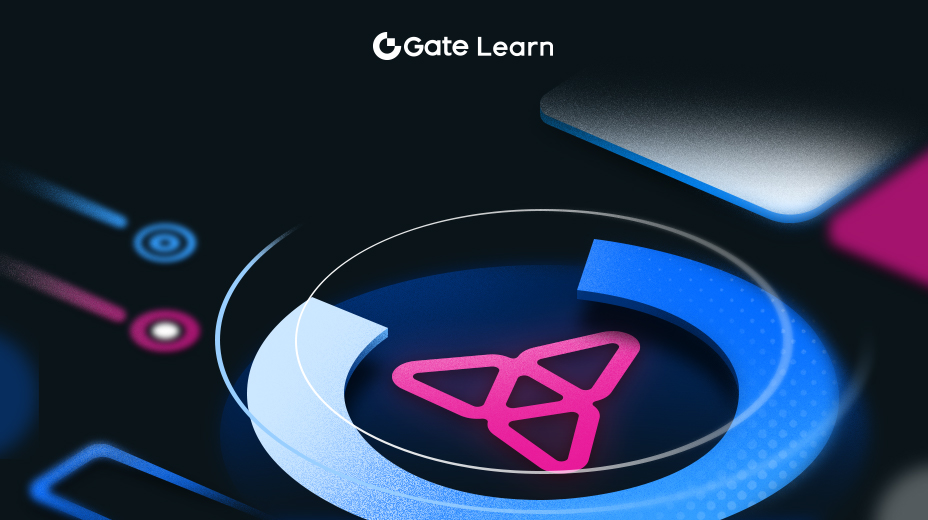Pemerintahan di Paal
Modul ini mengeksplorasi mekanisme tata kelola dalam Paal, menyoroti model terdesentralisasi yang melibatkan pemegang token dan komunitas dalam proses pengambilan keputusan.
Gambaran Umum Mekanisme Tata Kelola di dalam Paal
Mekanisme tata kelola Paal dirancang untuk memastikan transparansi, akuntabilitas, dan keterlibatan masyarakat, nilai-nilai utama platform.
Platform ini beroperasi dengan model governance terdesentralisasi, yang memungkinkan pemegang token untuk berpartisipasi dalam proses pengambilan keputusan, mengikuti contoh ekosistem DeFi terkemuka lainnya. Model ini penting untuk menjaga integritas dan kepercayaan dalam ekosistem secara keseluruhan.
Mekanisme tata kelola termasuk pemungutan suara tentang proposal kunci dan perubahan ke platform, keputusan strategis yang memengaruhi semua pengguna dan pengembang. Proses-proses ini difasilitasi melalui kontrak pintar yang memastikan suara dihitung dengan akurat dan keputusan diimplementasikan dengan efisien.
Struktur tata kelola juga mencakup seperangkat kontrol internal dan eksternal.
Mekanisme internal fokus pada pengawasan operasi platform, termasuk audit internal independen dan sistem pengukuran kinerja. Kontrol ini memastikan bahwa platform beroperasi dengan lancar dan memenuhi tujuan strategisnya.
Mekanisme eksternal melibatkan kepatuhan terhadap pedoman regulasi dan standar, yang membantu menjaga kredibilitas dan posisi legal platform.
Peran Pemegang Token dan Komunitas dalam Keputusan Tata Kelola
Pemegang token memainkan peran sentral dalam tata kelola Paal:
- Mereka memiliki hak untuk memberikan suara pada berbagai proposal yang mempengaruhi pengembangan dan operasi platform.
- Pemegang token dapat mengusulkan fitur-fitur baru, perubahan pada protokol yang sudah ada, dan inisiatif strategis lainnya.
- Partisipasi pemegang token diincentivasi melalui rewards, yang mendorong terciptanya komunitas yang aktif dan terlibat.
Keterlibatan komunitas meluas di luar pemungutan suara. Anggota dapat berpartisipasi dalam diskusi, memberikan umpan balik, dan berkolaborasi pada proyek-proyek, yang memastikan bahwa platform berkembang dengan cara yang memenuhi kebutuhan dan harapan penggunanya.
Paal juga mengatur acara komunitas dan forum untuk memfasilitasi interaksi dan berbagi pengetahuan di antara para anggota.
Dampak Tata Kelola terhadap Pengembangan dan Strategi Paal
Governance memiliki dampak signifikan pada pengembangan dan arah strategis Paal.
Model terdesentralisasi memungkinkan beragam gagasan dan sudut pandang untuk dipertimbangkan, mengarah pada solusi yang lebih inovatif dan efektif. Keputusan tata kelola memengaruhi alokasi sumber daya, prioritas proyek pengembangan, dan implementasi fitur baru. Hal ini memastikan bahwa platform tetap responsif terhadap kebutuhan penggunanya dan beradaptasi dengan perubahan di pasar.
Inisiatif strategis, seperti kemitraan, peluncuran produk, dan kampanye pemasaran, juga tunduk pada persetujuan masyarakat. Ini memastikan bahwa strategi pertumbuhan platform selaras dengan minat komunitas dan berkontribusi pada keberhasilan ekosistem secara keseluruhan.
Sorotan
- Mekanisme tata kelola Paal memastikan transparansi dan akuntabilitas melalui model terdesentralisasi.
- Pemegang token berpartisipasi dalam proses pengambilan keputusan, termasuk memberikan suara pada proposal dan inisiatif strategis.
- Kendali internal dan kepatuhan regulasi merupakan bagian integral dari struktur tata kelola Paal.
- Keterlibatan komunitas meluas hingga ke diskusi, umpan balik, dan kolaborasi pada proyek-proyek.
- Keputusan tata kelola memengaruhi alokasi sumber daya, prioritas pengembangan, dan arah strategis, memastikan platform tetap responsif dan inovatif.





